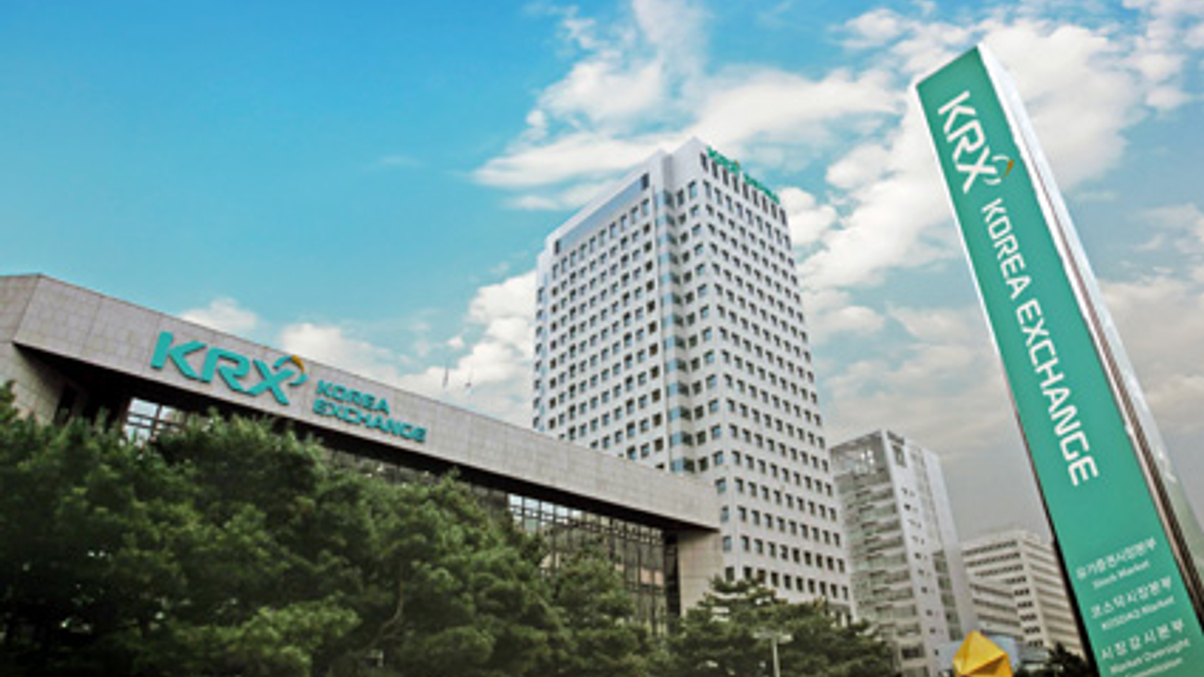Widening of daily trading band in Korea ‘long overdue’
The market reacts positively to an announcement that the stock price fluctuation limit from the previous day’s close will rise to 30% from next year, although some still raise volatility concerns.

Brokers and buy-side firms have generally welcomed a move by Korea’s financial regulator to widen the price fluctuation band for daily stock trading, describing it as long overdue.
The Korean government this week unveiled plans to shift the trading band to allow it to fluctuate 30% up or down from the previous day’s close. The limit has been set at 15% for the past 16 years despite the market cap of the main Korea Exchange (KRX) having grown nine times since 1998 to stand at $1.2 trillion.
Sign in to read on!
Registered users get 2 free articles in 30 days.
Subscribers have full unlimited access to AsianInvestor
Not signed up? New users get 2 free articles per month, plus a 7-day unlimited free trial.
¬ Haymarket Media Limited. All rights reserved.


